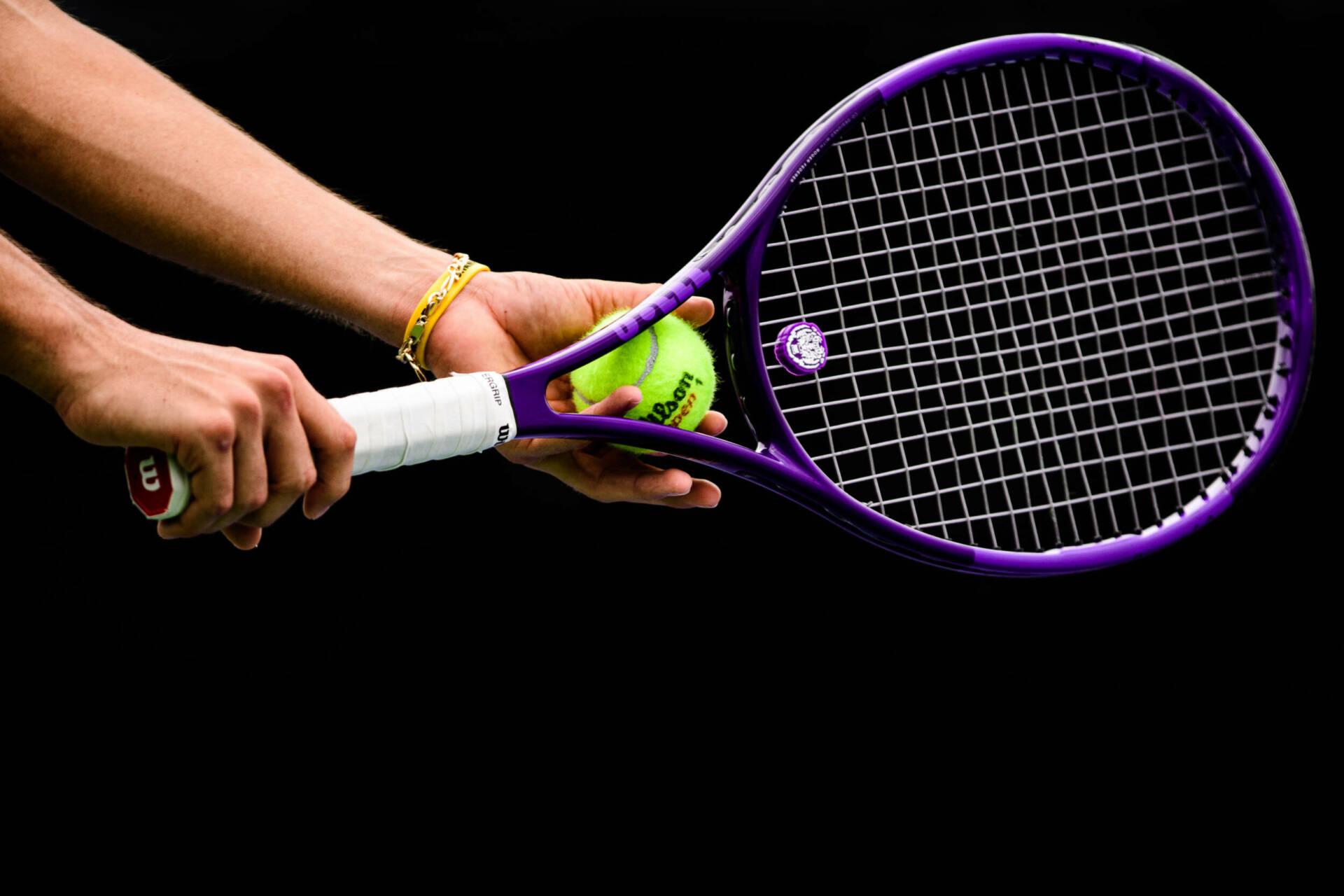Tennis racquets are essential tools for any player, from amateurs to professionals. Their structural integrity and string tension are crucial for performance. However, these racquets are delicate and susceptible to damage, especially during travel. Here’s a detailed guide to protecting your tennis racquets during transit, keeping them game-ready wherever you go.
Understanding the Vulnerabilities
Before delving into protective measures, it’s essential to understand what makes tennis racquets vulnerable. The main components—frame, strings, and grip—each face risks during transit:
- Frame: Made of materials like graphite, the frame can withstand significant impact but can crack if subjected to sharp blows or extreme pressure.
- Strings: Tightly strung to maintain tension, strings can easily be misaligned or damaged if the racquet faces uneven pressure or hits against hard surfaces.
- Grip: Continuous exposure to moisture and pressure can degrade the grip, affecting the racquet’s handleability.
Essential Protective Gear
Investing in the right gear is the first step to safeguard your racquets:
- Quality Tennis Bag: A sturdy tennis bag with ample padding is crucial. Look for bags designed with shock-absorbent materials and separate compartments for different racquets.
- Racquet Covers: Individual racquet covers provide an additional layer of protection against scratches and dust. These are especially useful if you’re carrying multiple racquets.
- Climate Control Features: Some high-end bags offer thermal protection to shield racquets from extreme temperatures, which can affect string tension and frame integrity.
Packing Strategies
How you pack your racquets can significantly impact their safety during travel:
- Avoid Overpacking: Crowding racquets with other items can lead to pressure and impact damage. Each racquet should have its compartment or be spaced adequately if in a shared space.
- Secure the Racquets: Ensure all racquets are firmly secured within the bag. Use built-in straps if available, or soft padding materials to fill gaps, preventing movement that could lead to collisions.
- Handle with Care: Always treat the bag gently. Avoid throwing or dropping the bag, as even with protection, harsh impacts can cause damage.
Handling Air Travel
Air travel poses unique challenges due to handling by airport personnel and changes in pressure and temperature:
- Use Hard Cases for Check-ins: If you must check in your racquets, consider a hard case specifically designed for sports equipment. These cases offer the highest level of protection against crushing and impact.
- Carry On When Possible: Many airlines allow carrying a tennis bag as cabin luggage. This allows you to maintain control over the handling of your racquets throughout the journey.
- Label as Fragile: This encourages handlers to give your gear extra care, although it’s not a guarantee.
Maintenance During Transit
Maintaining your racquets during transit can also prevent damage:
- Regular Inspections: Check your racquets before, during, and after travel. Look for signs of damage or changes in tension and address them before they affect your game.
- Adjust String Tension: If traveling to a location with a significantly different altitude or climate, consider adjusting your string tension accordingly. This can prevent warping and tension loss.
- Use Silica Gel Packs: Place silica gel packs in your tennis bag to absorb moisture, protecting the grip and frame from humidity-related deterioration.
Professional Tips
Here are some additional tips from seasoned travelers and tennis professionals:
- Insurance: For professional players or those traveling with expensive gear, consider insuring your equipment. This can provide financial protection against loss or damage.
- Backup Racquets: Always travel with at least one backup racquet. This ensures you’re prepared for unexpected damages.
- Consult with Professionals: Before making significant changes to your gear or travel habits, consult with a tennis professional or a coach. They can provide tailored advice based on your playing style and the specifics of your equipment.
For those looking for specialized transport options for your sports equipment, services like https://www.shiply.com/ offer a convenient way to ensure your racquets are handled with care during transit.
Conclusion:
Protecting your tennis racquets during transit requires a combination of the right gear, careful packing, and ongoing maintenance. By understanding the vulnerabilities and taking proactive measures, you can ensure that your racquets remain in top condition, ready for the next match no matter where it is. Remember, the key to racquet care is as much about prevention as it is about handling with care.




